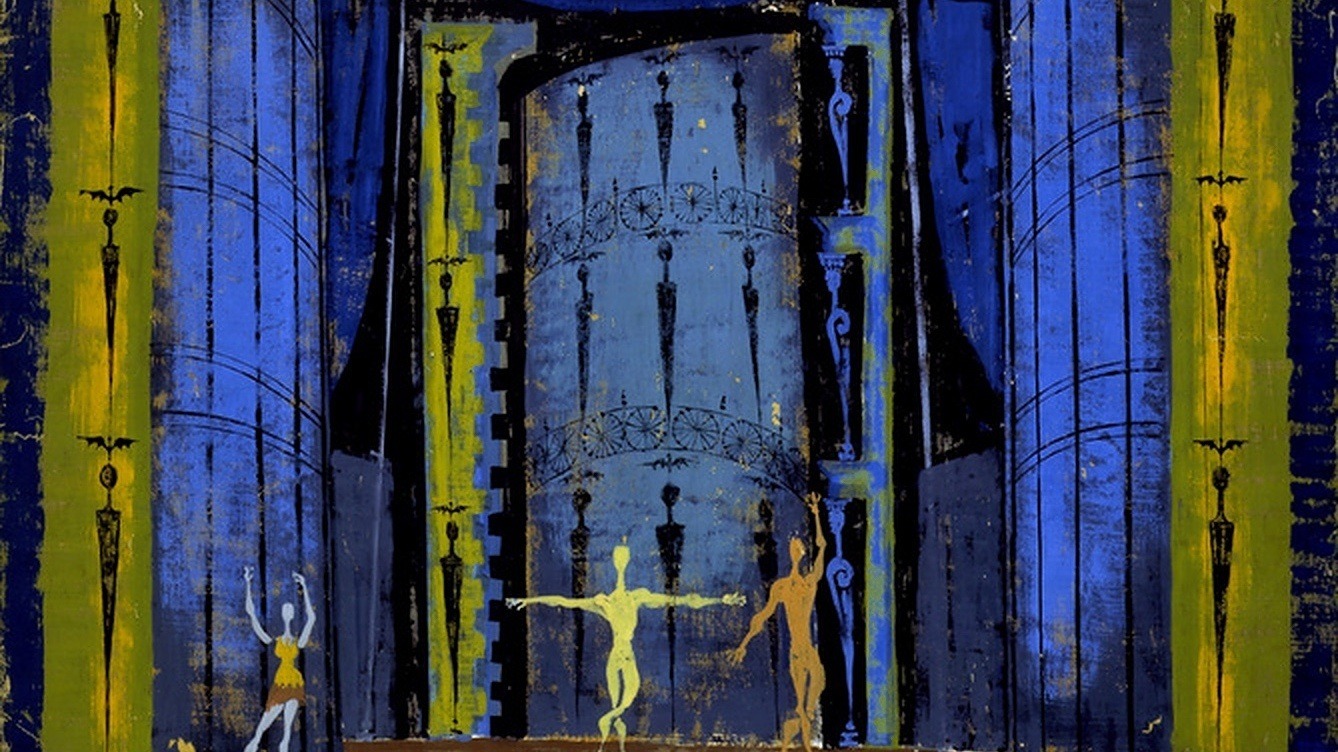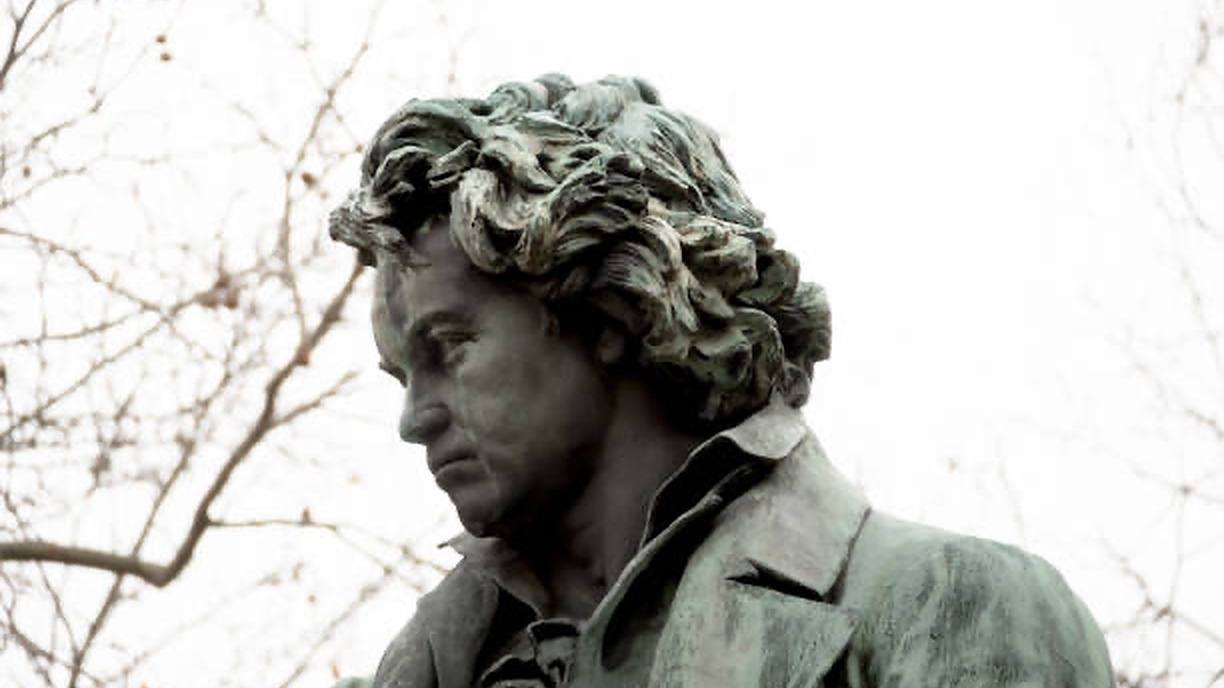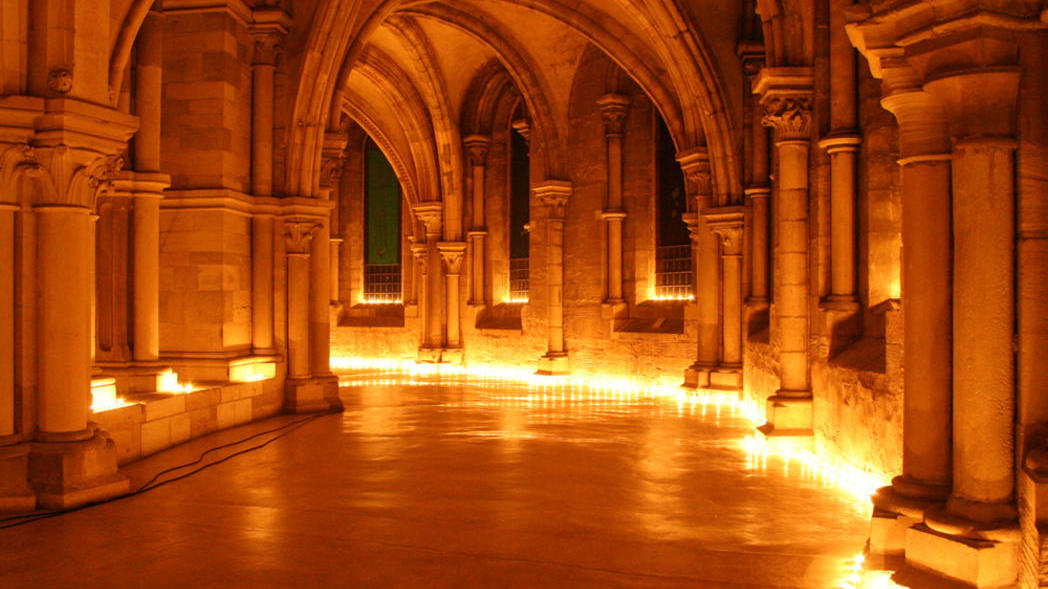Stravinsky’s Danses Concertantes: Concert Music in Search of a Ballet
Igor Stravinsky’s Danses concertantes unfolds as an abstract ballet. Its quirky cast of instrumental “characters” become virtual “dancers” in a witty, neoclassical drama. The titles of its five movements evoke the sections of a ballet. Motion, elegance, and a joyful athleticism abound. Stravinsky had just emigrated to the United States and settled in West Hollywood when, in 1941, he received the commission from Werner Janssen for Danses concertantes. Janssen was an American conductor and …







